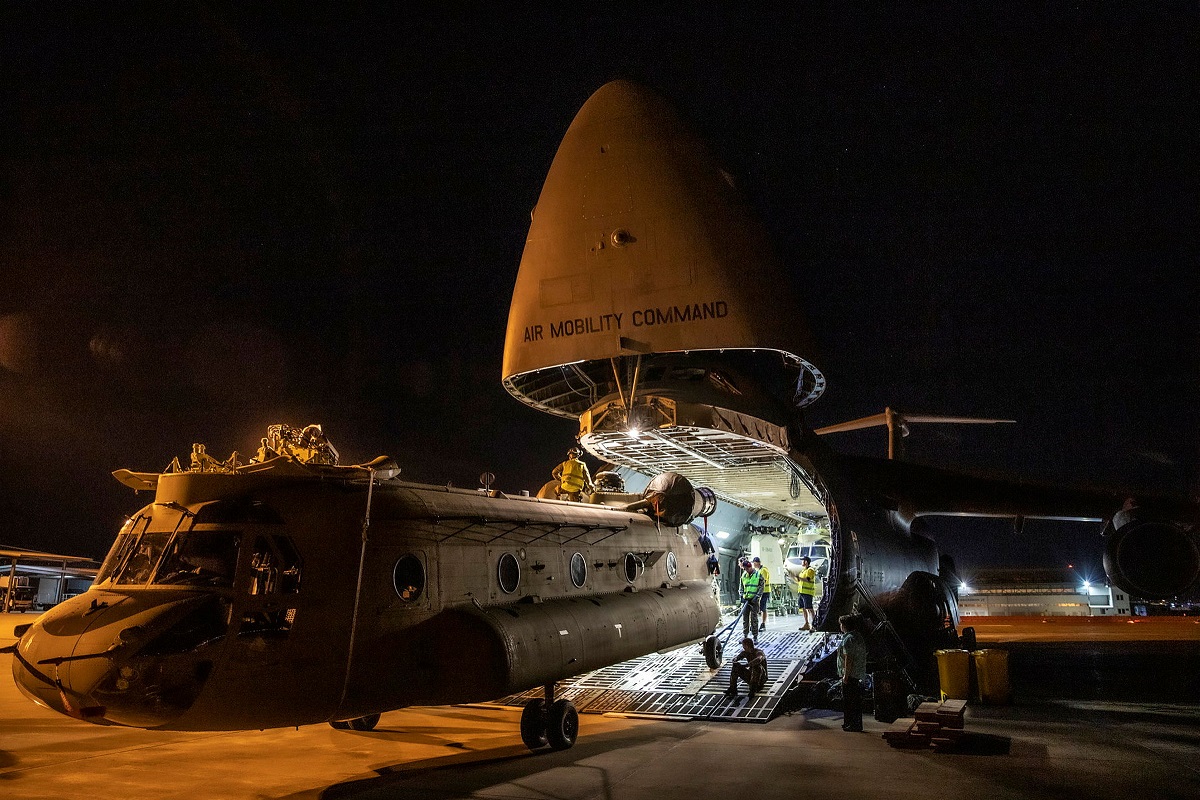Agree that Army does not seem to have the clarity going forward that is reflected in both the Navy and Air Force.
Maybe its a recognition of knowing what they want and need but understanding it was always unrealistic within the budget provided.
A force structure based on compromise.
With the intended replacement of major equipment and the addition of new capability's I see the challenge continuing.
Await an update going forward.
Cheers S
A large part of this can be laid at the feet of people who wear the same clothes to work I do, the lack of feasible concept from Army is...frustrating.
However...
There are three significant cultural difference between the Army and the other two Services (Groups too actually, noting that the IIP does not just fund the three uniformed Services) that has to be understood.
First is the mission. Conceptually the concept of fighting and likely missions for a Navy or Air Force are easier. Note I am not saying the conduct of missions is less complicated or deadly, this is at the concept level. Both fall into easily definable roles, no matter what you do, there are only a handful of times you will throw am F-35 at a problem. For the platforms that have more multi-role use, their various missions at different levels of war are very similar. A C-17 supporting a hypothetical southern front against REDFOR to the north is pretty similar to a C-17 providing HADR support to Fiji. An LHD likewise.
For Army though, the skill sets are much greater. What a infanteer in 5 RAR does on that southern front v what they do in a HADR mission is dramatically different. Neither the RAN nor the RAAF had to change much between Defence of Australia through the MEAO to regional operations. The Army had to completely revamp three or four times. Neither is wrong, neither is right. It just is. But when you have that flexibility and different needs for different missions, your concept of fighting is harder to tie up neatly. Even tactical stuff like combat teams and battlegroups (the only way to fight) underscores our 'problem' - both are
task-defined constructs. BG HEELER will have a 6 RAR HQ on Monday and on Tuesday, but inbetween may lose or gain hundreds of people, depending on the mission.
Secondly is the view of the platform. I have grown to dislike the wording, but the thrust is true: the other services man the platform, we put platforms on the man. The Army is primarily a human focused endeavour, and that's hard to explain. Everyone knows what 3x Sqn of F-35 looks like,* but trying to understand what a BG looks like is harder. When you upgrade 75 Sqn you take away some F/A-18s and deliver some F-35s. When you upgrade 6 RAR, you take away their F88s and deliver some F90s. Or you take away Ninox gen 6 and deliver some Ninox gen 9. Or you take away some RTF-500 and deliver some AN/PRC-152. Or you take away an 84mm Mk II and deliver some 84mm Mk III. Or you take away some Terra boots and.... so on and so forth. gripping all that up into a overall concept is hard work.
Finally, you have the issue of a missing generation. Now let me stress, 'fairness' has no role in force structure. If the threat demands 50x SSN by 2030 which means we have to scrap the RAAF and ARA, then damn, looks like I'm out of a job. So I'm not interested in 'fairness'. But, the RAAF and RAN received major kit upgrades throughout the 70s, 80s, 90s and 00s that was denied to the Army. It's easy to argue you need Hunters when you point at Anzacs that are long in the tooth, or for F-35s when you point at F/A-18s. What would be a challenge is when you try and argue for Hunters to replace Darings. Or F-35s to replace Mirage IIIs. The entire organisation massively screwed up with M777, M113AS4 and less so with M1A1, because we gave the impression that because we could continue going with obsolete kit we don't need new stuff. Even allowing for DoA in the 80s, if we had replaced M113s with Bradleys** and M198s with M109s** in the 90s we'd (a) have a deployable force now and (b) be making a easier conceptual progression to Boxer/M1A2/under armour breeching/IFV. I wonder what would be written about the F-35 purchase if the RAAF was seeking to replace CA-27 or Mirage III today? After all, It's almost exactly the same as what we are trying to do with M113AS4*** and IFV - but we get told we are wrong for any number of reasons.
All of which apply to an F-35 v Mirage III.
All up, these three combined make writing a concept for the Land Force a challenge. Add in recent intellectual wankery like hybrid warfare and the like that has sent people chasing windmills and you get a mess. And yes, there are people in uniform who's job it is to write this and do the hard thinking. And there are, but it's bloody hard. I have my view of cutting through to the nub of the issue for a relatively simple concept - but that is (a) risky (as it may be overly simplistic) and (b) a hard sell. Because at the end of the day, ground forces provide the greatest non-nuclear deterrence force - because their use costs lives.
* they don't actually, they always forget the ground crew
** exemplars only
*** a excellent 70s vehicle, designed in the 80s, purchased by us in the 90s for introduction into service in the 00s


